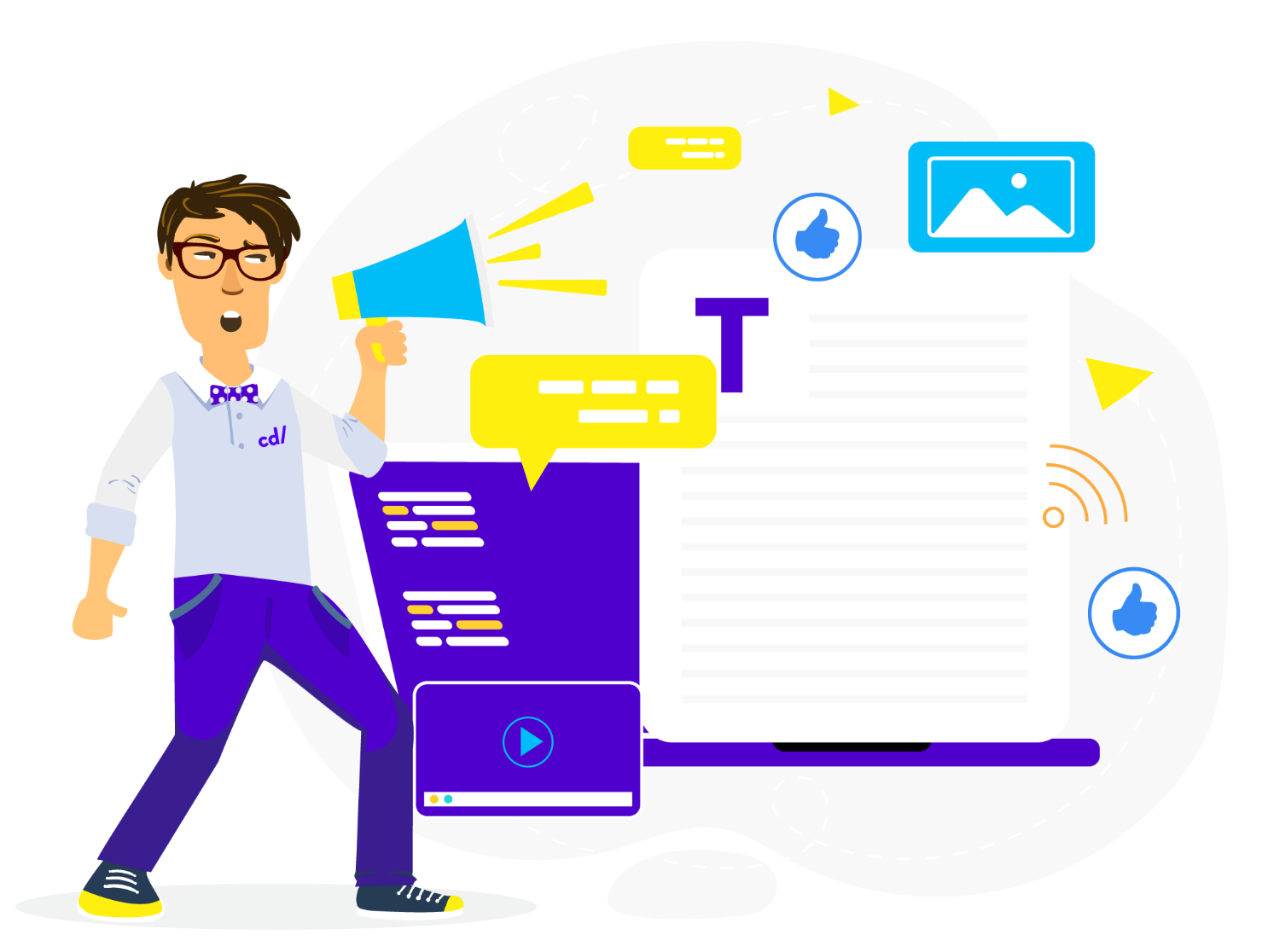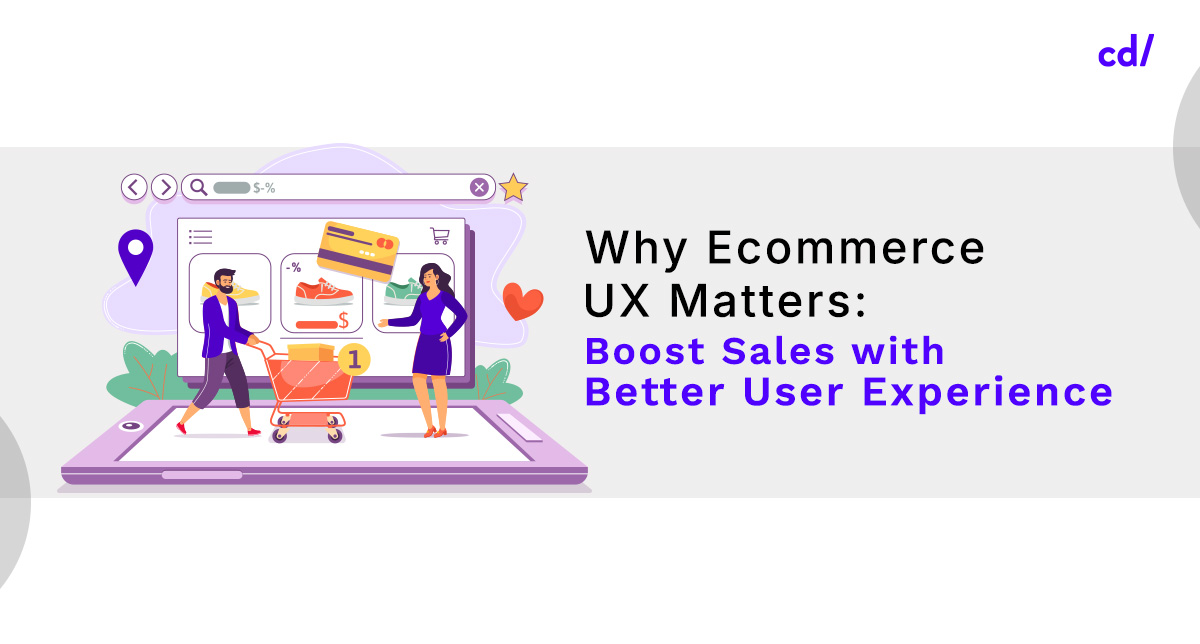In the competitive world of online shopping, having a sleek, high-performing e-commerce website isn’t optional—it’s critical. No matter how great your products are, a poor user experience (UX) can stop customers from completing a purchase. That’s where e-commerce web design and e-commerce website optimization play a vital role.
Here’s why UX matters and how the right design decisions can directly boost your conversions and brand loyalty.
1. First Impressions = Lasting Impact
Visitors decide in seconds whether they trust your website. A cluttered layout, confusing navigation, or slow loading time creates friction. A well-thought-out ecommerce website design ensures your brand feels modern, trustworthy, and easy to shop from, right from the homepage.
2. Simplified Navigation Drives Conversions
Clear menus, well-organized categories, and intuitive search filters help users find what they’re looking for fast. The faster they find it, the more likely they are to buy. Smart ecommerce website development ensures the site structure is both user-friendly and scalable.
3. Mobile-First Experience is a Must
More than half of e-commerce traffic comes from mobile. If your store isn’t optimized for smartphones and tablets, you’re losing sales. E-commerce website optimization focuses on responsive design, thumb-friendly buttons, and seamless mobile checkouts.
4. Streamlined Checkout = Lower Cart Abandonment
Did you know that over 70% of online shoppers abandon their carts? One major reason: poor checkout UX. By reducing form fields, offering guest checkout, and integrating multiple payment options, a smooth checkout process can dramatically increase your conversion rate.
5. Trust Elements Build Confidence
High-quality images, customer reviews, return policies, and trust badges reassure buyers. Good e-commerce web design incorporates these elements naturally, without overwhelming the user.
6. Speed & Performance Matter
Slow sites kill conversions. A well-optimized e-commerce website loads in under 3 seconds, keeping bounce rates low and engagement high. Optimizing images, using lightweight code, and enabling caching are all part of effective e-commerce website optimization.
User experience isn’t just a “nice-to-have.” It’s a sales strategy. Whether you’re starting from scratch or upgrading an existing store, investing in professional e-commerce website development pays off in higher sales, happier customers, and long-term brand growth.
Need help optimizing your eCommerce UX? Let’s build a website that converts beautifully together!



